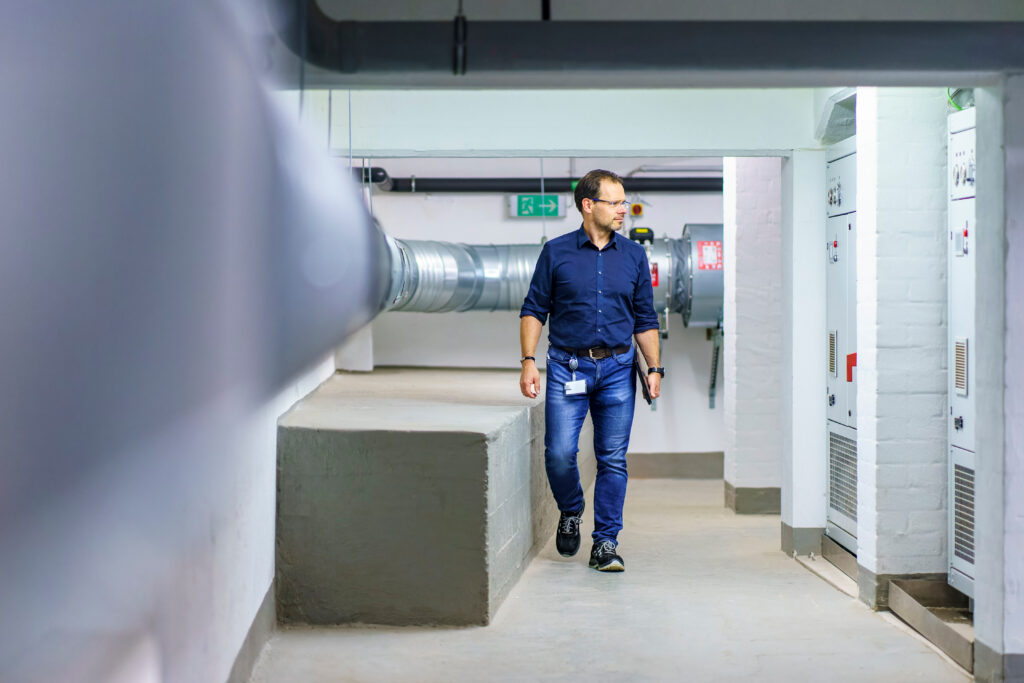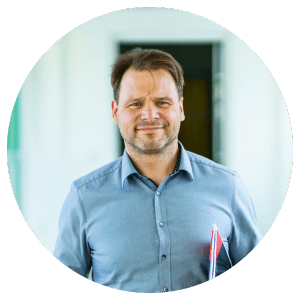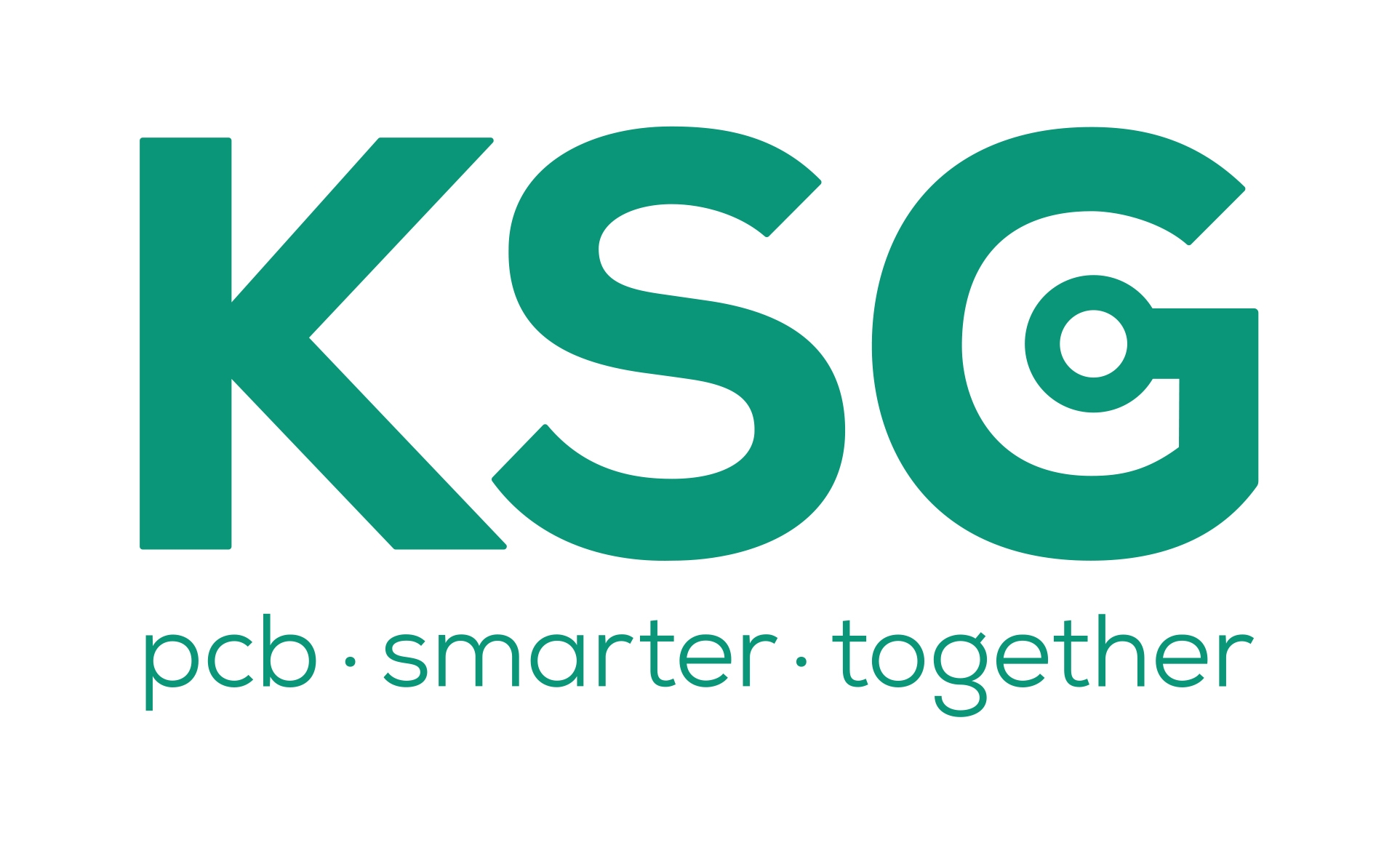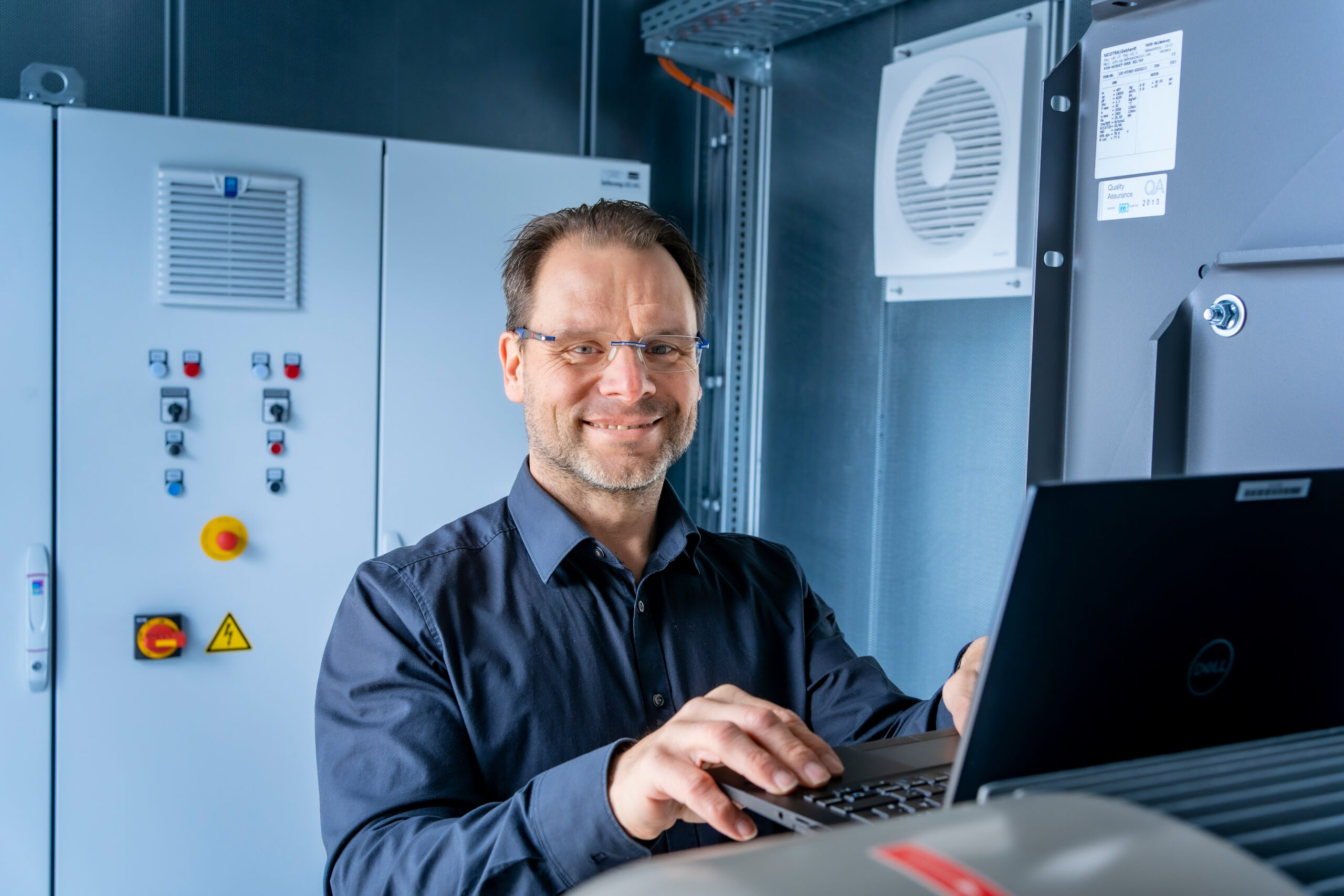The printed circuit board industry plays an important role in the implementation of the energy transition. Companies in this industry have a responsibility to reduce their high consumption of fresh and waste water as well as energy within production and thus contribute to the conservation of our resources. Many companies have already recognized the trend. But there is still a lot to be done: After all, industry accounts for 31 percent of annual energy consumption in Germany. Innovative solutions are needed, such as efficient thermal management to reduce energy requirements.
Sustainability is more important today than ever – KSG Group has also recognized this. On our KSG blog, we already wrote about our path towards sustainability reports in 2022. Now, one year later, we take stock and show how far we have come since then. To this end, we spoke again with Thomas Hojenski, who is responsible for media supply (electricity, gas, water), energy management and facility management at the Gornsdorf site. It reports on the progress we have already made in terms of sustainability and environmental protection.
Mr. Hojenski, let’s take a look back: What has already happened since last year?
T. Hojenski: Quite a few things. We took a close look at our CO₂ footprint at the Gornsdorf site. This still amounted to 4,204 t in 2021, while we were able to reduce CO₂ consumption to 4,006 t for 2022. Although it doesn’t look like much at first glance, it’s fair to say that this saving is a very good start.
"The goal is to produce 40% less CO₂ over the next ten years."
We now also purchase a very environmentally friendly electricity mix that includes a renewable energy share of over 80%. In addition to our more sustainable electricity and improving our CO₂ footprint, we have focused on finding more ways to save energy and switching to alternative thermal management in the midst of the ongoing energy crisis. For example, in the winter of 2022/23, we took proactive measures and installed two temporary mobile heaters on our premises to ensure that we would not be surprised by a possible gas shortage. Even though we have already mastered the first optimizations well, we also had to overcome some challenges.

What were the challenges?
As we have heard, one CO₂ polluter has already been replaced with an environmentally friendly alternative: the thermal incinerator. It was replaced by the biological exhaust air purification system. How did it come about?
T. Hojenski: Correct. We decided to replace our natural gas-fired afterburning system with a more environmentally friendly system in Gornsdorf after the energy crisis in 2022 gave us a good scare. Our colleagues in Gars, on the other hand, are the pioneers and have long since been equipped with a presentable heating management system.
The biological exhaust air purification system is a paradise for microbes – with wood chips (en masse) as a food source. A complex control system ensures that the little heroes find ideal living conditions to effectively clean the air. Thanks to the good insulation, we can even do without additional heating in the Saxon winter.
In 2021, the carbon footprint was 4,204 t at KSG. What other measures will be taken in the coming months and years to reduce this considerable amount?
T. Hojenski: There are various measures that are necessary to further reduce the carbon footprint. These include, for example:
- Design of a closed cooling circuit for transfer press cooling
- Installation of a heat pump to use the waste heat from the transfer press cooling system
- Installation of photovoltaic systems and use of solar power
They not only take care of the implementation of the transformation concept, but also monitor the results. What criteria are used to measure the success of the measures taken?
T. Hojenski: It takes time to see the full effect. Using our building management system, we can already see how our electricity and gas are each falling by around ten percent each month. These values show a positive trend that reinforces our transformation concept .
Our customers are increasingly showing an interest in sustainability and we as a company attach great importance to the fact that our data preparation and processing takes place exclusively here in Europe. We are proud of this strength and the ability to offer our customers a decoupled purchasing strategy. Our customers appreciate working with a future-oriented, stable family-owned company in Europe.Thomas Hojenski — Chef-Energiemanager KSG Gornsdorf

Interview: Thomas Hojenski - Head of Operating Technology
Thomas Hojenski joined KSG Group on January 01, 2020. He is responsible for media supply (electricity, gas, water), energy management and facility management.
Are there already new plans for sustainability at KSG Group?
T. Hojenski: Of course, you know us – we have firmly resolved to continuously improve. One key topic that we will be addressing more closely in the future is solar power. 38% of our CO₂ emissions are currently caused by our electricity purchases. This is where we want to start next and plan to install a pilot PV system on one of our roofs. Since the amount of solar power generated will never be enough to cover our entire electricity needs, we plan to purchase solar power through a solar farm PV system. On this basis, a considerable amount of CO₂ emissions is to be reduced in the coming years. Likewise, we will continue to try to force our main polluters out of the operation of the gas boilers.ning.

